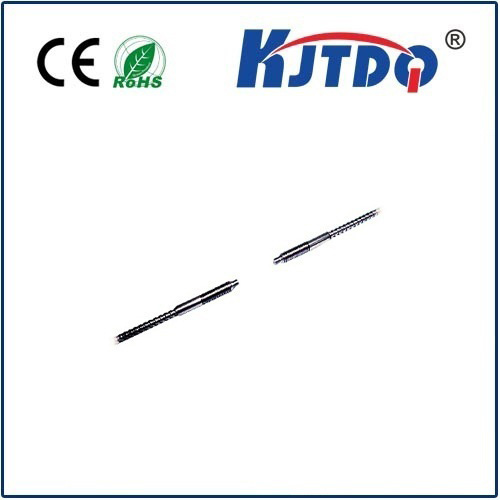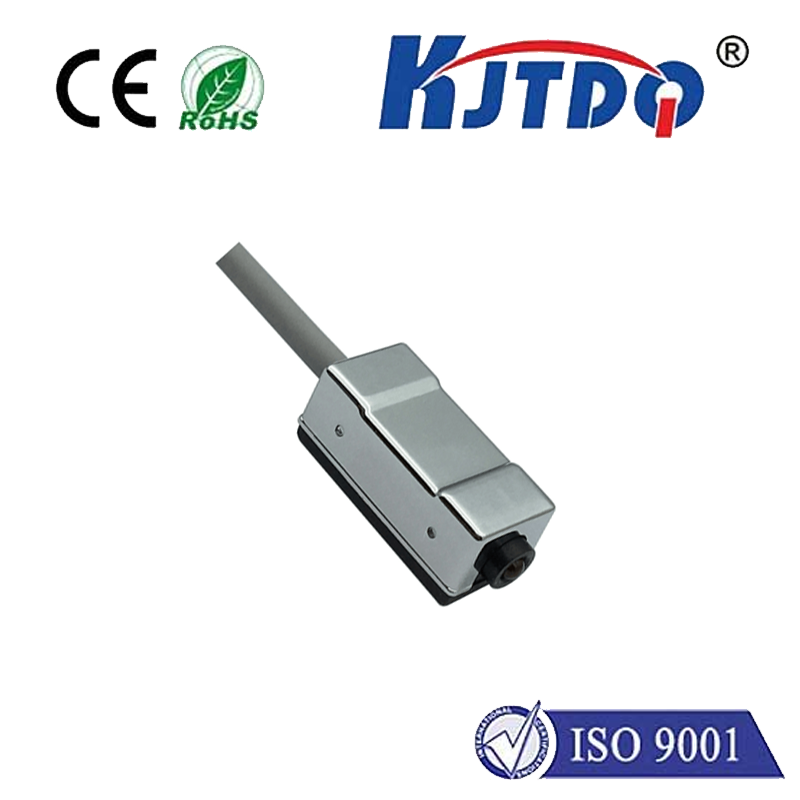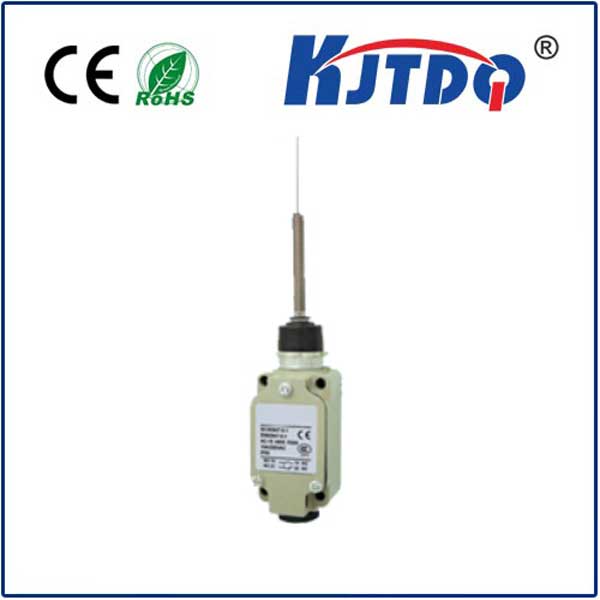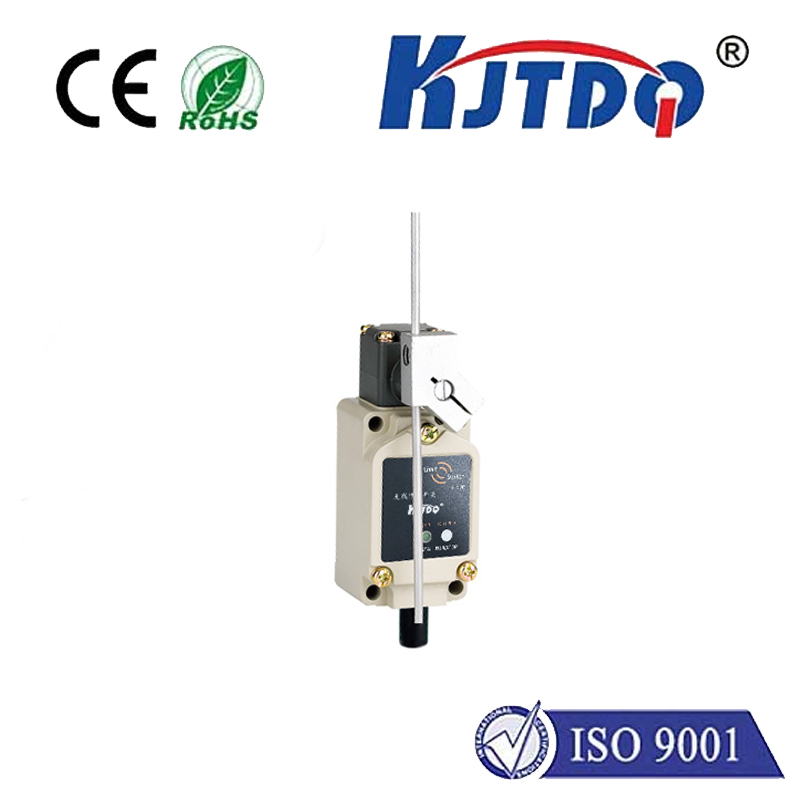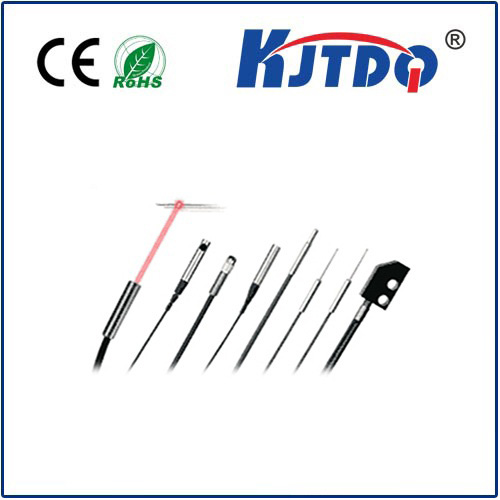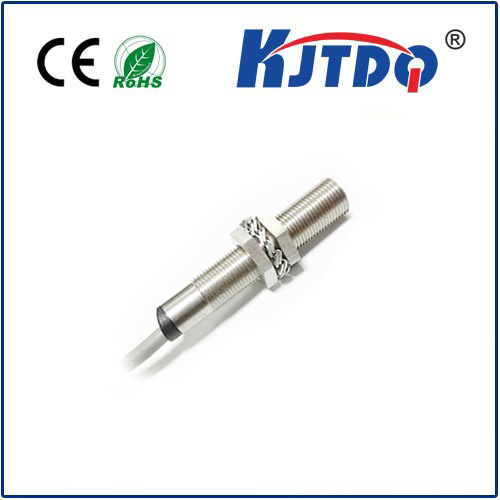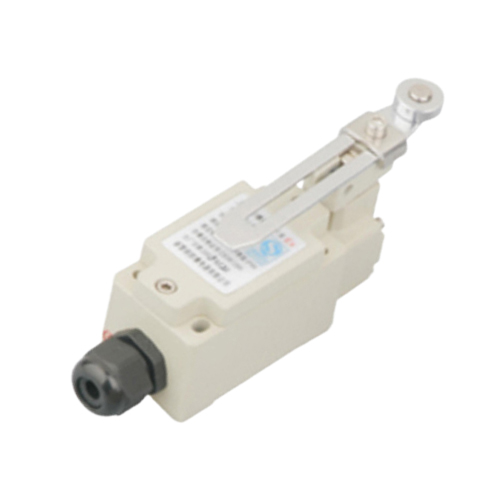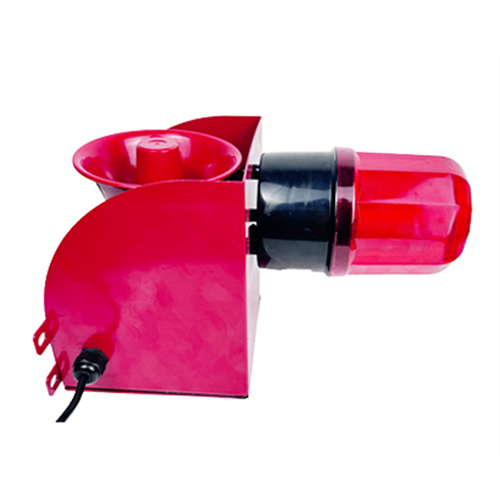types of capacitive proximity sensor
- time:2025-06-27 00:05:09
- Click:0
Sensing the Unseen: Exploring Core Types of Capacitive Proximity Sensors
From the smartphone in your pocket to complex factory automation lines, capacitive proximity sensors operate silently, detecting objects without physical contact. Their unique ability to sense a vast array of materials – metals, plastics, wood, liquids, even powders – makes them remarkably versatile. Understanding the different types of capacitive proximity sensors is crucial for selecting the optimal solution for any detection task, ensuring reliability and efficiency across countless applications.
The Fundamental Principle: Sensing with an Electric Field
Before diving into the types, grasping the basic working principle is key. Unlike inductive sensors that primarily detect metals, capacitive sensors leverage changes in an electrostatic field. They operate on the principle of capacitance – the ability of a system to store an electrical charge.
The core components are:
- Sensing Electrode: Creates an electrostatic field projecting from the active face of the sensor.
- Oscillator: Generates a high-frequency signal fed to the sensing electrode.
- Trigger Circuit: Monitors the amplitude or frequency of the oscillator’s signal.
- Output Stage: Switches (e.g., to an ON or OFF state) when a detection occurs.
When an object enters this electrostatic field, it alters the dielectric constant between the sensor face and ground. Essentially, the object (depending on its material properties) becomes part of the capacitor formed by the electrode and ground. This change in capacitance directly affects the oscillator’s characteristics. The trigger circuit detects this shift, interprets it as the presence of an object, and commands the output stage to change state. This non-contact method allows detection through many non-metallic barriers like glass, plastic, or thin walls.

Key Classifications: Shielded vs. Unshielded
The most fundamental classification of capacitive proximity sensors revolves around the presence or absence of shielding around the sensing electrode. This design difference significantly impacts their sensing characteristics and installation requirements.
- Shielded Capacitive Sensors (Flush Mountable):
- Design: Feature a metal band (the shield) surrounding the active sensing area. This shield focuses the electrostatic field radially outwards from the front face.
- Key Characteristic: Flush Mountable. Because the field is focused forward, these sensors can be installed flush (level) within a metal bracket or mounting panel without causing interference (false triggers) from the surrounding metal. The shield effectively “blocks” the field from projecting sideways.
- Sensing Range: Typically shorter than their unshielded counterparts of the same size. The focused field provides excellent rejection of background interference but sacrifices some distance.
- Applications: Ideal for installation in confined spaces, metal mounting surfaces, or wherever surrounding materials might interfere with an unshielded sensor. Common in assembly lines, packaging machines, and anywhere robust, interference-free mounting is needed. Their focused field makes them excellent for detecting small objects or materials with a low dielectric constant near a metal background.
- Keyword:
Flush-mountable capacitive sensor, Shielded capacitive proximity sensor
- Unshielded Capacitive Sensors (Non-Flush Mountable):
- Design: Lack the surrounding metal shield. This allows the electrostatic field to project outwards and radially around the sides of the sensor head.
- Key Characteristic: Non-Flush Mountable. Due to the radial field projection, installing these sensors flush in metal will cause the field to interact with the surrounding metal, leading to unpredictable behavior or constant false triggering. They require a “free space” zone around the sensor head.
- Sensing Range: Generally offer a longer nominal sensing range compared to shielded sensors of equivalent size. The unconstrained field projects further.
- Applications: Best suited for applications where longer range is required and the sensor can be mounted with sufficient clearance from surrounding metal objects. Often used for level detection in plastic tanks (liquids, granules, powders), detecting objects on non-metallic conveyors, or general presence detection where mounting flexibility exists.
- Keyword:
Non-flush capacitive sensor, Unshielded capacitive proximity sensor
Mounting Style Considerations (Flush vs. Non-Flush)
While closely linked to the shielded/unshielded classification, the mounting style is a critical practical distinction:
- Flush Mountable: As described under shielded sensors, these can be installed so their sensing face is perfectly level with (or recessed within) the surrounding mounting surface. This provides protection from accidental damage and a clean installation aesthetic. Crucial when the sensor is embedded in a machine frame or bracket. Shielded sensors are inherently flush-mountable.
- Non-Flush Mountable: These sensors must be installed so that the entire sensing head protrudes beyond any surrounding metal mounting surface. This ensures the radial field component isn’t influenced by nearby metal, preventing false triggers. Unshielded sensors are inherently non-flush mountable.
Sensitivity Adjustment: Tailoring Detection
A vital feature across nearly all capacitive proximity sensor types is sensitivity adjustment. This is usually achieved via a potentiometer (screw) on the sensor body. Adjusting the sensitivity changes the threshold at which the sensor triggers due to a capacitance shift.
- Why Adjust?
- Detect Low Dielectric Materials: Materials like plastic, glass, wood, paper, or liquids have a lower dielectric constant than metals. They cause a smaller change in capacitance. Increasing sensitivity allows reliable detection of these “harder-to-sense” objects.
- Ignoring Background Objects: Sometimes, the sensor might need to ignore a container wall or background material while detecting the target material inside or in front. Decreasing sensitivity can “tune out” the background signal.
- Compensating for Environmental Factors: Changes in ambient temperature or humidity can slightly alter capacitance baselines. Sensitivity adjustment helps maintain reliable operation.
- Fine-tuning: This adjustability is a significant advantage, making capacitive sensors adaptable to a far wider range of targets and environmental conditions than fixed-sensitivity inductive sensors.
Capacitive sensor sensitivity adjustment is a critical setup step.
Where Capacitive Sensing Shines: Key Applications
The unique capabilities of capacitive proximity sensors make them indispensable in numerous sectors:
- Level Detection: Monitoring liquid levels in tanks (glass, plastic, ceramic), detecting powder levels in hoppers, or sensing granular materials in bins. Adjustable sensitivity is key here.
- Presence/Absence Verification: Confirming presence of plastic parts, bottles, cartons, wood products, or other non-metallic objects on assembly lines or packaging machinery.
- Liquid & Paste Detection: Detecting fill levels or presence/absence in tubes, pipes, or containers, often through non-metallic walls.
- Hygienic Environments: Used extensively in food & beverage and pharmaceutical industries due to their ability to work behind enclosure walls, preventing sensor contamination.
Capacitive sensor for plastic detection and Capacitive sensor for liquid level are common search terms in these contexts.
- Automotive: Detecting plastic components, window position (through glass), fluids.
- Consumer Electronics: Touchscreens (a specific application), paper detection in printers, presence detection.
- Material Handling: Detecting cardboard boxes, plastic totes, or pallets on conveyors.
Choosing the Right Sensor: Key Factors
Selecting the most suitable capacitive proximity sensor type hinges on several factors:
- Target Material: What are you detecting? Metal, plastic, liquid? This influences required sensitivity.
- Sensing Distance: How far away does the object need to be detected?
- Mounting Environment: Will the sensor be mounted near metal






